What is Shape Memory Alloy/Nitinol?
Nickel titanium, also known as nitinol, shape memory alloy/nitinol, is a metal alloy of nickel and titanium, where the two elements are present in roughly equal atomic percentages. Different alloys are named according to the weight percentage of nickel; e.g., nitinol 55 and nitinol 60.
Nitinol alloys exhibit two closely related and unique properties: the shape memory effect and superelasticity (also called pseudoelasticity). Shape memory is the ability of nitinol to undergo deformation at one temperature, stay in its deformed shape when the external force is removed, then recover its original, undeformed shape upon heating above its "transformation temperature". Superelasticity is the ability for the metal to undergo large deformations and immediately return to its undeformed shape upon removal of the external load. Nitinol can deform 10–30 times as much as ordinary metals and return to its original shape. Whether nitinol behaves with the shape memory effect or superelasticity depends on whether it is above the transformation temperature of the specific alloy. Below the transformation temperature it exhibits the shape memory effect, and above that temperature it behaves superelastically.
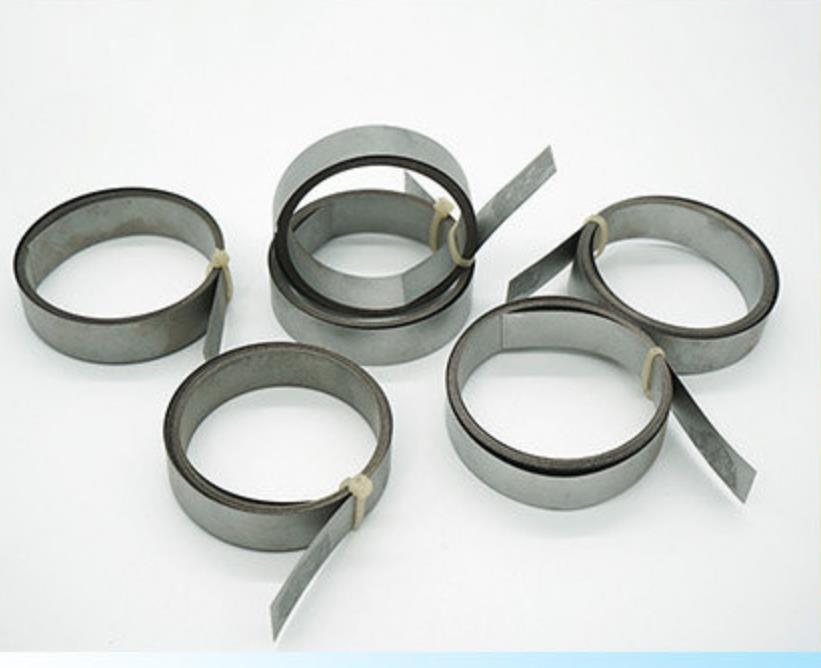
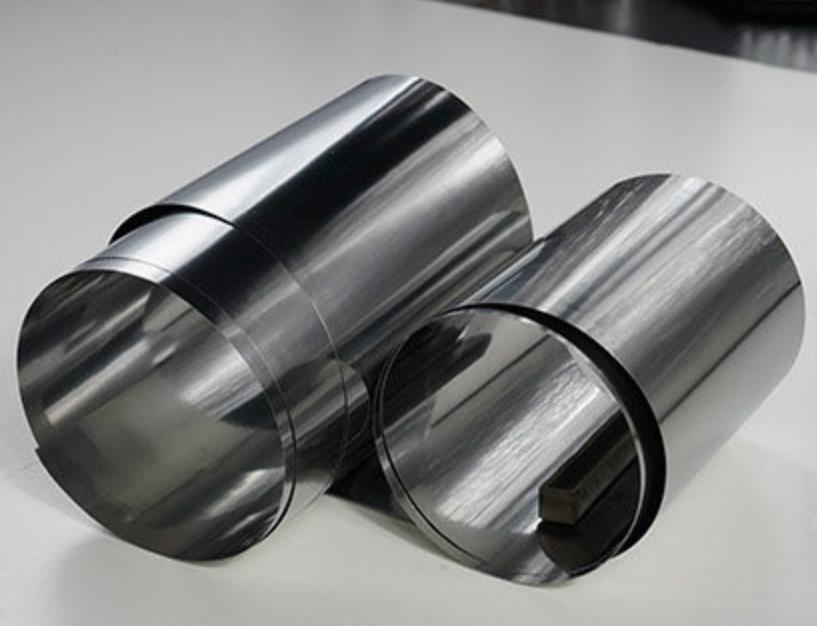
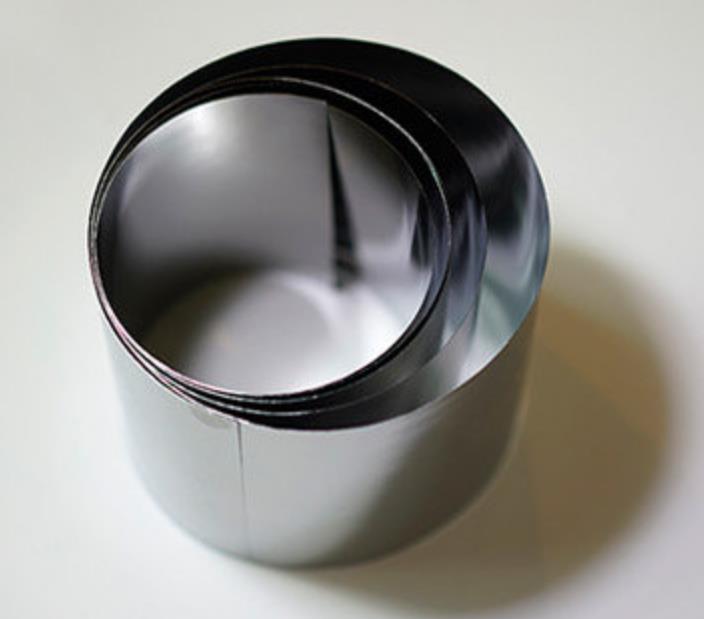
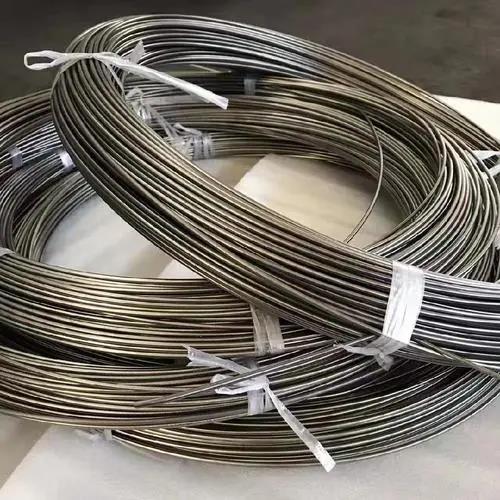
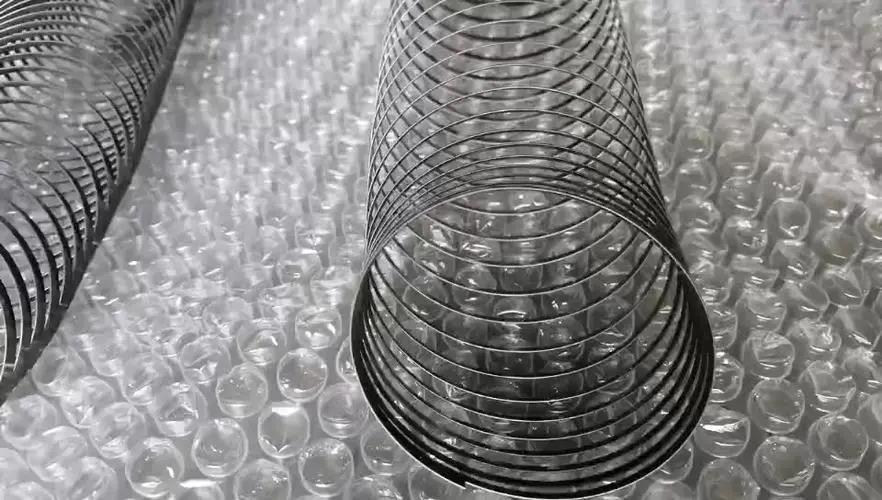
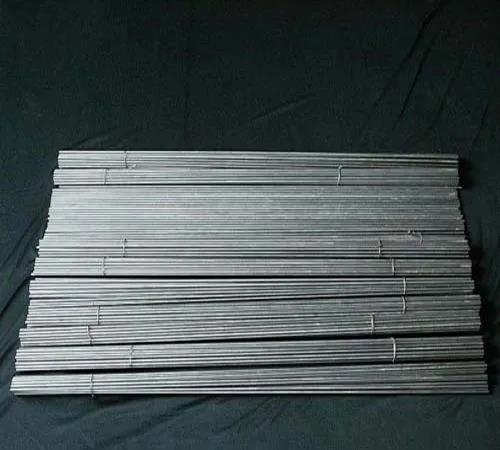
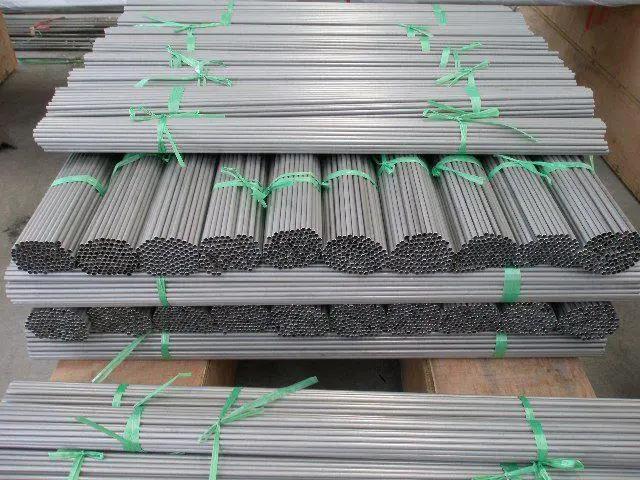
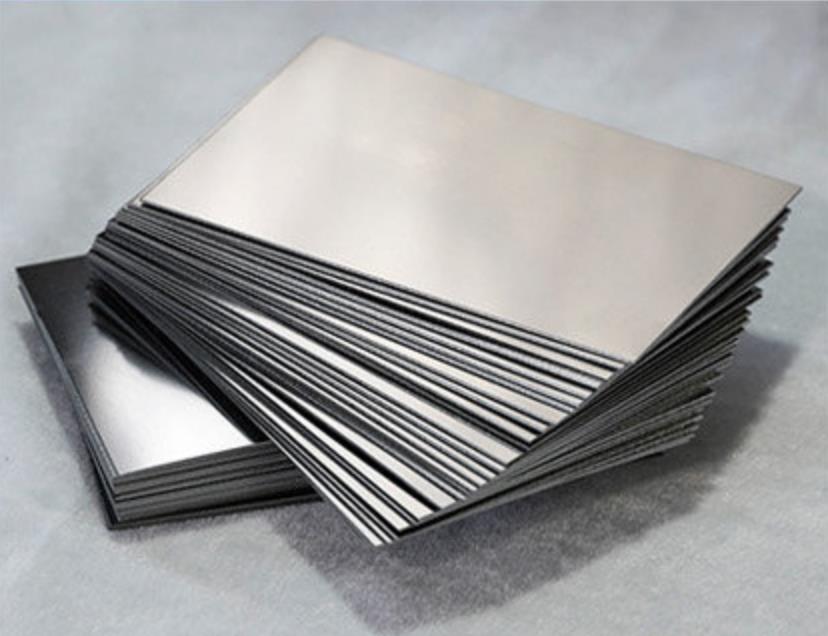
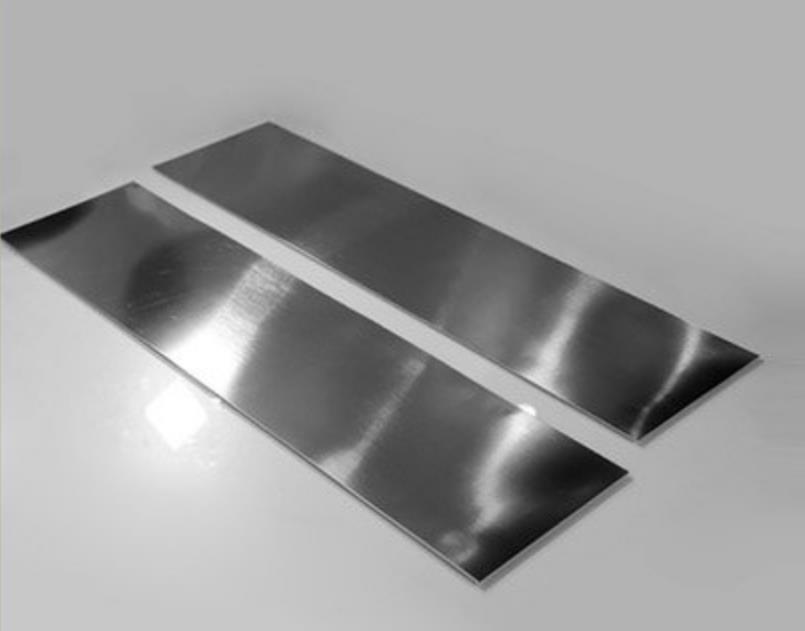
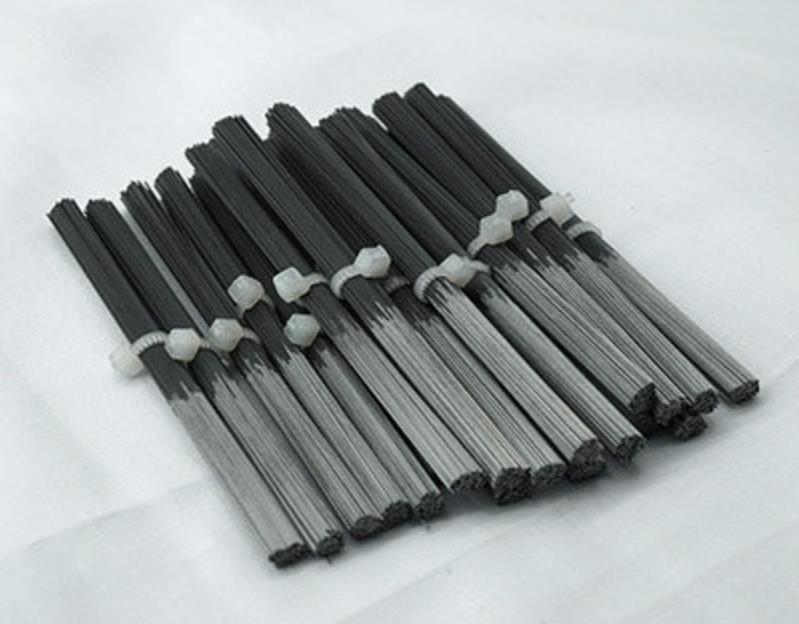
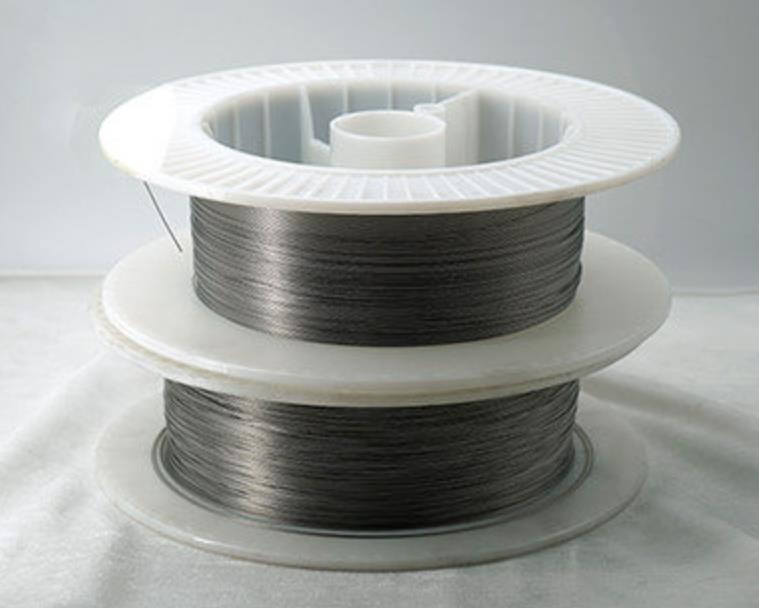
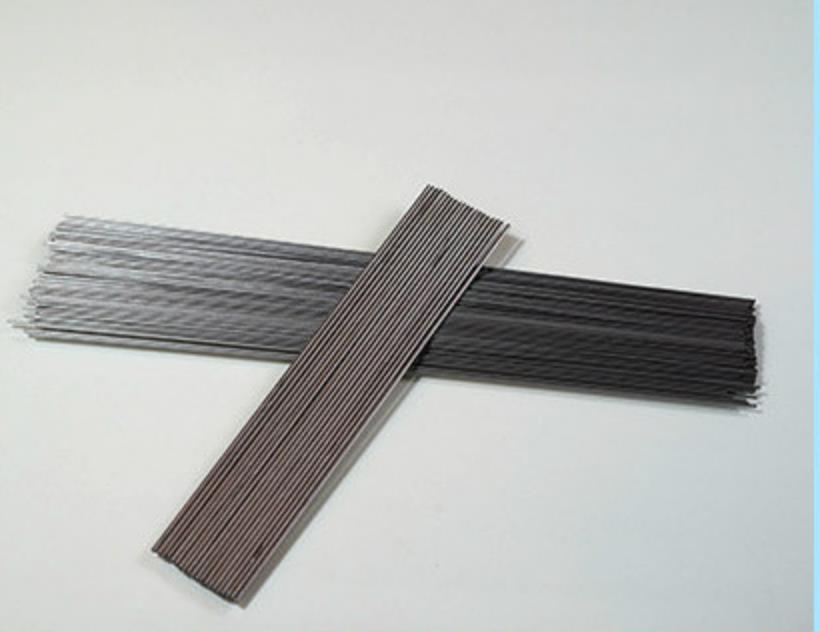
History
The word "nitinol" is derived from its composition and its place of discovery: (Nickel Titanium-Naval Ordnance Laboratory). William J. Buehler along with Frederick Wang, discovered its properties during research at the Naval Ordnance Laboratory in 1959. Buehler was attempting to make a better missile nose cone, which could resist fatigue, heat and the force of impact. Having found that a 1:1 alloy of nickel and titanium could do the job, in 1961 he presented a sample at a laboratory management meeting. The sample, folded up like an accordion, was passed around and flexed by the participants. One of them applied heat from his pipe lighter to the sample and, to everyone's surprise, the accordion-shaped strip contracted and took its previous shape.
While the potential applications for nitinol were realized immediately, practical efforts to commercialize the alloy did not take place until a decade later. This delay was largely because of the extraordinary difficulty of melting, processing and machining the alloy. Even these efforts encountered financial challenges that were not readily overcome until the 1980s, when these practical difficulties finally began to be resolved.
The discovery of the shape-memory effect in general dates back to 1932, when Swedish chemist Arne Ölander first observed the property in gold–cadmium alloys. The same effect was observed in Cu-Zn (brass) in the early 1950s.
Manufacturing
Nitinol is exceedingly difficult to make, due to the exceptionally tight compositional control required, and the tremendous reactivity of titanium. Every atom of titanium that combines with oxygen or carbon is an atom that is robbed from the NiTi lattice, thus shifting the composition and making the transformation temperature lower.
There are two primary melting methods used today. Vacuum arc remelting (VAR) is done by striking an electrical arc between the raw material and a water-cooled copper strike plate. Melting is done in a high vacuum, and the mold itself is water-cooled copper. Vacuum induction melting (VIM) is done by using alternating magnetic fields to heat the raw materials in a crucible (generally carbon). This is also done in a high vacuum. While both methods have advantages, it has been demonstrated that an industrial state-of-the-art VIM melted material has smaller inclusions than an industrial state-of-the-art VAR one, leading to a higher fatigue resistance. Other research report that VAR employing extreme high-purity raw materials may lead to a reduced number of inclusions and thus to an improved fatigue behavior. Other methods are also used on a boutique scale, including plasma arc melting, induction skull melting, and e-beam melting. Physical vapour deposition is also used on a laboratory scale.
Heat treating nitinol is delicate and critical. It is a knowledge intensive process to fine-tune the transformation temperatures. Aging time and temperature controls the precipitation of various Ni-rich phases, and thus controls how much nickel resides in the NiTi lattice; by depleting the matrix of nickel, aging increases the transformation temperature. The combination of heat treatment and cold working is essential in controlling the properties of nitinol products.
Applications
There are four commonly used types of applications for nitinol:
Free recovery
Nitinol is deformed at a low temperature, and heated to recover its original shape through the Shape Memory effect.
Constrained recovery
As for free recovery, except that recovery is rigidly prevented and thus a stress is generated.
Work production
Here the alloy is allowed to recover, but to do so it must act against a force (thus doing work).
Superelasticity
Nitinol acts as a super spring through the Superelastic effect.
Superelastic materials undergo stress-induced transformation and are commonly recognized for their "shape-memory" property. Due to its superelasticity, NiTi wires exhibit "elastocaloric" effect, which is stress-triggered heating/cooling. NiTi wires are currently under research as the most promising material for the technology. The process begins with tensile loading on the wire, which causes fluid (within the wire) to flow to HHEX (Hot Heat Exchanger). Simultaneously, heat will be expelled, which can be used to heat the surrounding. In the reverse process, tensile unloading of the wire leads to fluid flowing to CHEX (Cold Heat Exchanger), causing the NiTi wire to absorpt heat from the surrounding. Therefore, the temperature of the surrounding can be decreased (cooled).
Elastocaloric devices are often compared with magnetocaloric devices as new methods of efficient heating/cooling. Elastocaloric device made with NiTi wires has an advantage over magnetocaloric device made with Gadolinium due to its specific cooling power (at 2 Hz), which is 70X better (7 kWh/kg vs. 0.1 kWh/kg). However, elastocaloric device made with NiTi wires also have limitations, such as its short fatigue life and dependency on large tensile forces (energy consuming).
In 1989 a survey was conducted in the United States and Canada that involved seven organizations. The survey focused on predicting the future technology, market, and applications of SMAs. The companies predicted the following uses of nitinol in a decreasing order of importance: (1) Couplings, (2) Biomedical and medical, (3) Toys, demonstration, novelty items, (4) Actuators, (5) Heat Engines, (6) Sensors, (7) Cryogenically activated die and bubble memory sockets, and finally (8) lifting devices.
A nitinol paperclip bent and recovered after being placed in hot water
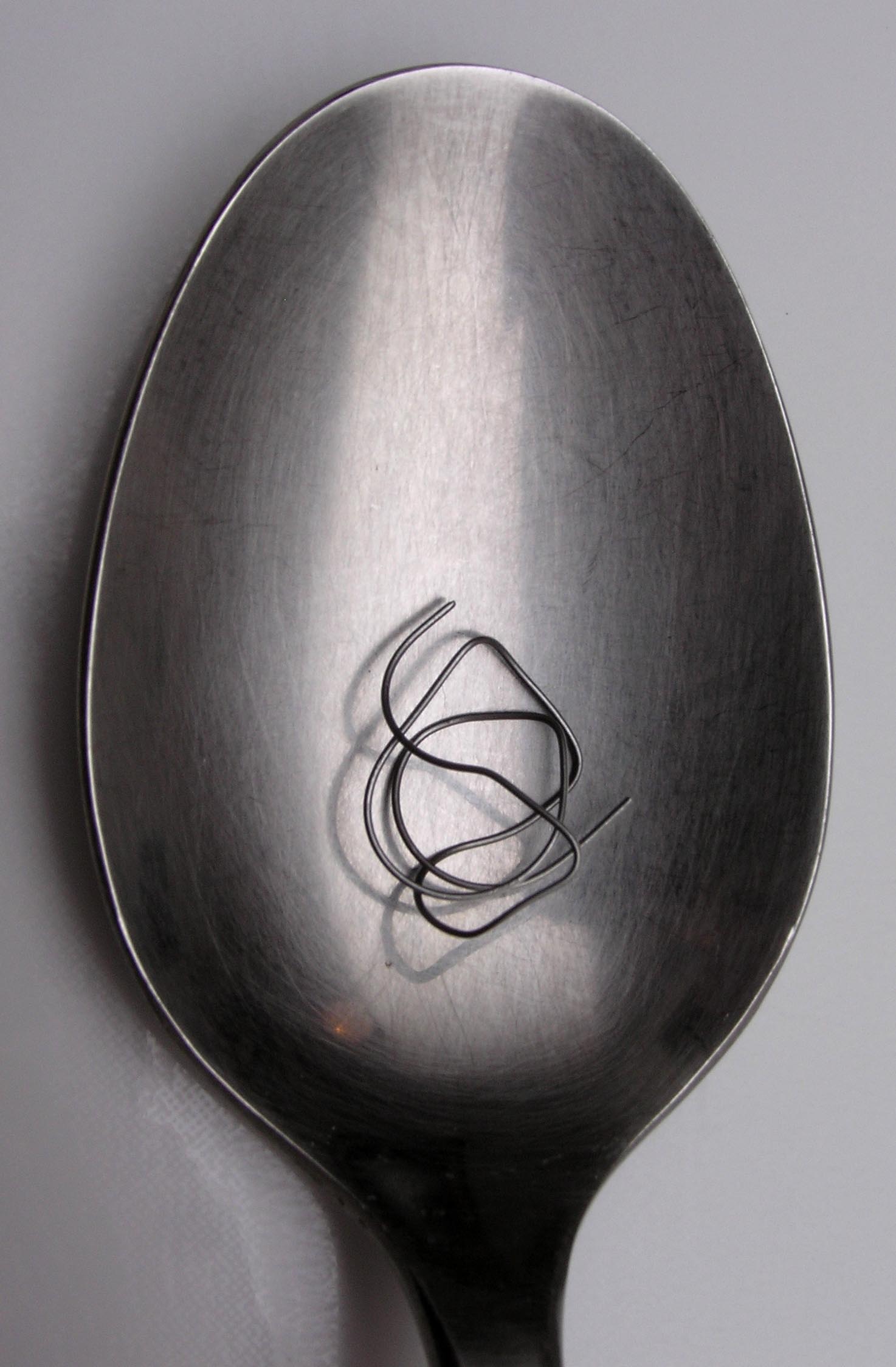
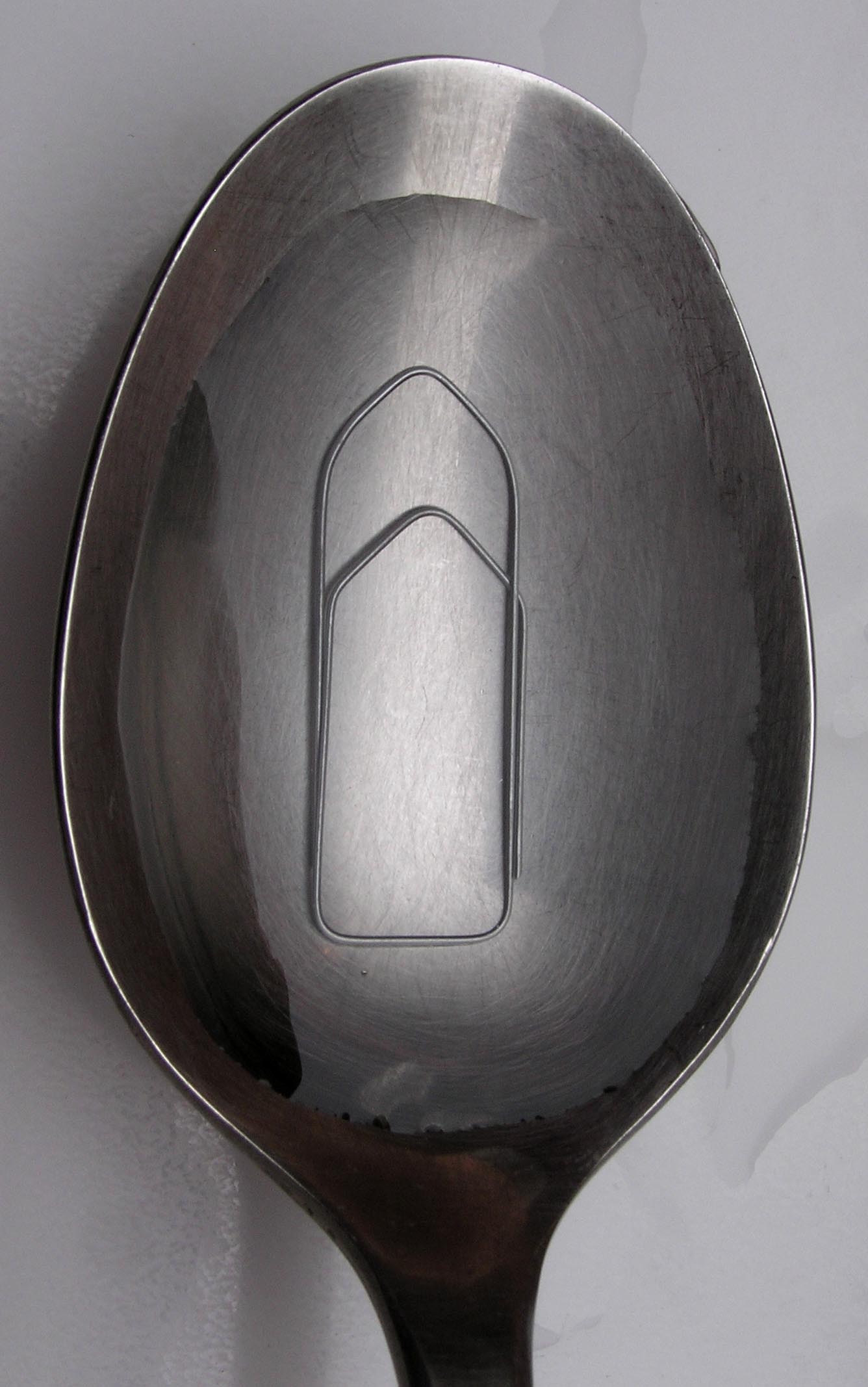
A nitinol paperclip bent and recovered after being placed in hot water
Today, nitinol finds application in the listed industrial applications:
Medical applications—Stents for cardiovascular applications, tweezers for eliminating foreign objects through small incisions, and anchors for tendon fixation
Aerospace and naval applications—Couplings and fluid fittings made of Nitinol are utilized in naval craft and military aircraft
Safety devices—Fire sprinklers and safety valves/actuators for controlling water temperature
Dentistry—Orthodontic wires that do not require adjusting and retightening
Following are some of the other uses of Nitinol alloys:
Deep fryers and household appliances
Spectacle frames
Vibration control when used as engine mounts, and actuators for buildings
Mobile telephone antennas
Seals, fasteners, clamps, and connectors
Clothing such as underwire brassiere
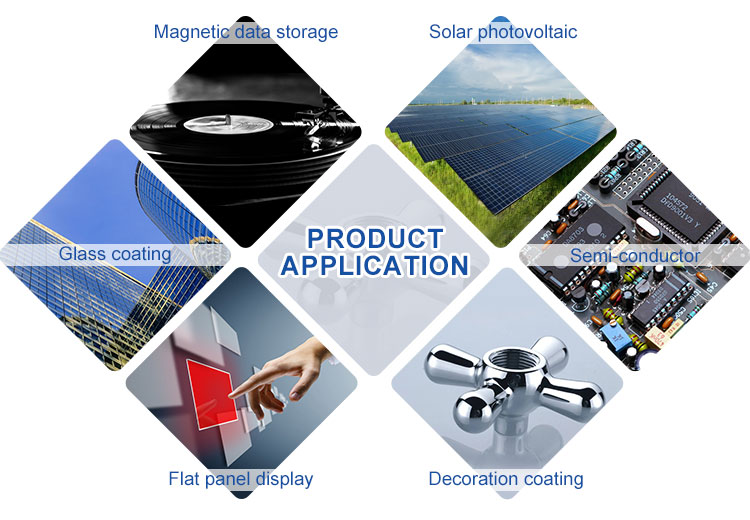
Challenges
Fatigue failures of nitinol devices are a constant subject of discussion. Because it is the material of choice for applications requiring enormous flexibility and motion (e.g., peripheral stents, heart valves, smart thermomechanical actuators and electromechanical microactuators), it is necessarily exposed to much greater fatigue strains compared to other metals. While the strain-controlled fatigue performance of nitinol is superior to all other known metals, fatigue failures have been observed in the most demanding applications. There is a great deal of effort underway trying to better understand and define the durability limits of nitinol.
Nitinol is half nickel, and thus there has been a great deal of concern in the medical industry regarding the release of nickel, a known allergen and possible carcinogen. (Nickel is also present in substantial amounts in stainless steel and cobalt-chrome alloys.) When properly treated (via electropolishing and/or passivation), nitinol forms a very stable protective TiO2 layer that acts as a very effective and self-healing barrier against ion exchange. It has been repeatedly shown that nitinol releases nickel at a slower pace than stainless steel, for example. With that said, very early medical devices were made without electropolishing, and corrosion was observed. Today's nitinol vascular self-expandable metallic stents, for example, show no evidence of corrosion or nickel release, and the outcomes in patients with and without nickel allergies are indistinguishable.
There are constant and long-running discussions regarding inclusions in nitinol, both TiC and Ti2NiOx. As in all other metals and alloys, inclusions can be found in nitinol. The size, distribution and type of inclusions can be controlled to some extent. Theoretically, smaller, rounder and few inclusions should lead to increased fatigue durability. In literature, some early works report to have failed to show measurable differences, while novel studies demonstrate a dependence of fatigue resistance on the typical inclusion size in an alloy.
Nitinol is difficult to weld, both to itself and other materials. Laser welding nitinol to itself is a relatively routine process. Strong joints between NiTi wires and stainless steel wires have been made using nickel filler. Laser and tungsten inert gas (TIG) welds have been made between NiTi tubes and stainless steel tubes. More research is ongoing into other processes and other metals to which nitinol can be welded.
Actuation frequency of nitinol is dependent on heat management, especially during the cooling phase. Numerous methods are used to increase the cooling performance, such as forced air, flowing liquids, thermoelectric modules (i.e. Peltier or semiconductor heat pumps), heat sinks, conductive materials and higher surface-to-volume ratio (improvements up to 3.3 Hz with very thin wires and up to 100 Hz with thinfilm nitinol). The fastest nitinol actuation recorded was carried by a high voltage capacitor discharge which heated an SMA wire in a manner of microseconds, and resulted in a complete phase transformation (and high velocities) in a few milliseconds.
Recent advances have shown that processing of nitinol can expand thermomechanical capabilities, allowing for multiple shape memories to be embedded within a monolithic structure. Research on multi-memory technology is on-going and promises to deliver enhanced shape memory devices in the near future, and the application of new materials and material structures, such hybrid shape memory materials (SMMs) and shape memory composites (SMCs).
Customized Service
ATT Advanced elemental materials Co., Ltd. is a leading supplier of nickel titanium.Ni-Ti (nitinol), Cu-based, and Fe-based alloys , ATT Materials’Ni-Ti (nitinol), Cu-based, and Fe-based alloys are available in many shapes, sizes, purities, and compositions at a competitive price. And customized products and packages can be provided according to customers' special requirements.
ATT Materials will response you with a competitive price and the availability of these high-quality items in 24 hours.
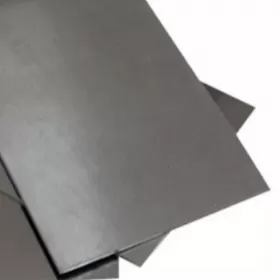 Nitinol Sheet, (NITI Sheet) Shape Memory Alloy (SMA) Sheet,Shape Memory NiTi Alloy Sheet- Superelastic NiTi Alloy Sheet, Nitinol Plate
Nitinol Sheet, (NITI Sheet) Shape Memory Alloy (SMA) Sheet,Shape Memory NiTi Alloy Sheet- Superelastic NiTi Alloy Sheet, Nitinol Plate
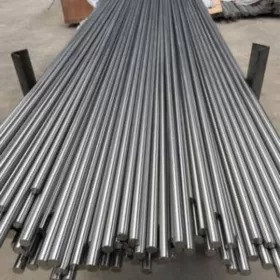 Nitinol Rods, (NITI Rod) Shape Memory Alloy ( SMA) WIRE, Shape Memory NiTi Alloy Rod - Superelastic NiTi Alloy Rod, Nitinol Bars
Nitinol Rods, (NITI Rod) Shape Memory Alloy ( SMA) WIRE, Shape Memory NiTi Alloy Rod - Superelastic NiTi Alloy Rod, Nitinol Bars